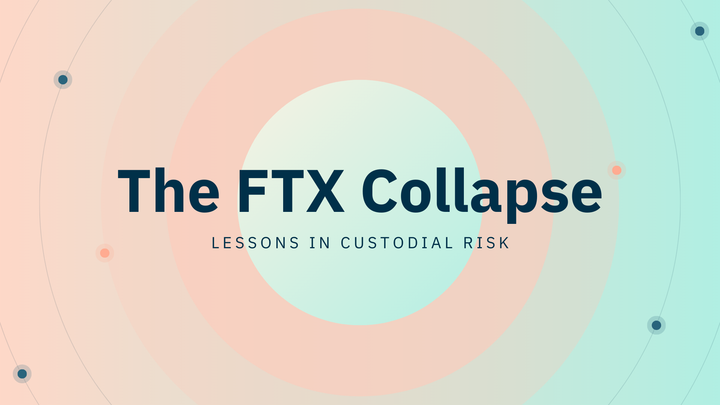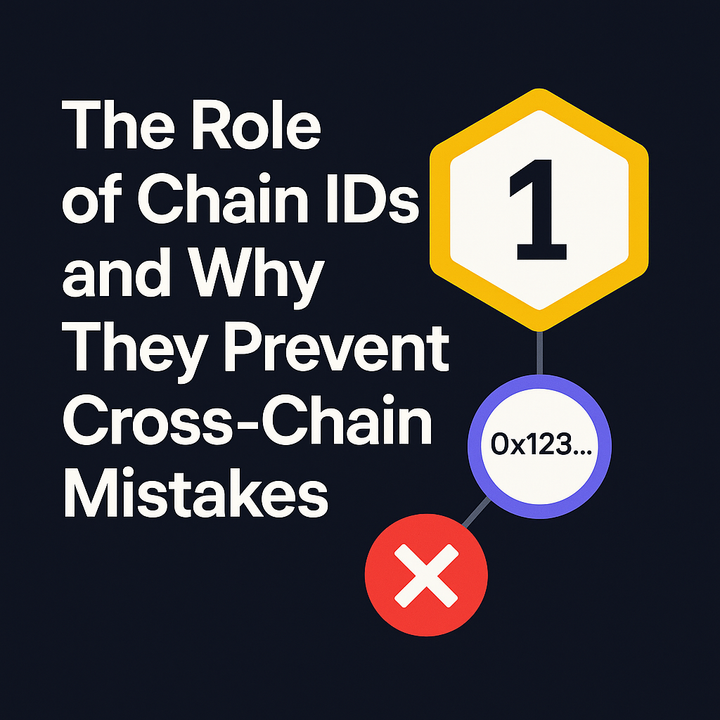Ethereum's Enduring Ceiling: Unpacking Why ETH Struggles to Sustain New Highs
The digital currents of finance are a relentless force, constantly testing the resilience of even the most promising assets. For Ethereum, the second-largest cryptocurrency, its journey has been a testament to innovation, yet also a perplexing study in market dynamics. Despite groundbreaking technological upgrades, surging adoption, and periods of intense bullish sentiment, a persistent question lingers: why has ETH, even amidst powerful pumps, struggled to consistently sustain significantly higher valuations or reclaim its all-time highs? What complex interplay of supply, demand, competition, and sentiment keeps it tethered, preventing a definitive breakout into a new price epoch?
The Current Price Reality: A Persistent Ceiling
Ethereum's price trajectory in 2025 has been a fascinating study in resilience and resistance. While the user's premise suggests ETH has never surpassed $2,000, current data shows Ethereum trading well above this mark, hovering around $2,400 to $2,700 in June 2025. Indeed, ETH reached an all-time high above $4,800 in November 2021. The real question, then, is why it struggles to sustain these higher levels or break through significant resistance zones, often pulling back after strong rallies. For instance, after an over 100% rally from its April 2025 lows, Ethereum retraced in the following weeks, falling from $2,880 to its current levels, with key resistance identified around $2,570 and $3,025. This persistent ceiling, despite underlying strength, points to a complex interplay of market forces that warrant deeper investigation.
Supply Dynamics: The Burning and Issuance Equation
A fundamental factor influencing Ethereum's price is its unique supply mechanism, particularly after the implementation of EIP-1559. This upgrade, activated in August 2021, introduced a mechanism where a portion of transaction fees (the base fee) is burned rather than paid to miners. This burning mechanism effectively reduces the circulating supply of ETH, creating a deflationary pressure during periods of high network activity. However, while the(https://docs.amberdata.io/docs/supply-eth) continues to grow through validator rewards, the net effect on circulating supply depends on the balance between issuance and burning. This dynamic interplay between new supply and burned supply creates a constantly shifting landscape, directly influencing the token's scarcity and, consequently, its market value.
Staking's Influence: Locking Up Supply
Beyond the burning mechanism, Ethereum's transition to Proof-of-Stake (PoS) has introduced another significant factor impacting its circulating supply: staking. As of June 2025, over(https://www.ainvest.com/news/ethereum-staking-surges-30-35-2-million-eth-locked-2506/) on the Ethereum network, representing nearly 30% of its total circulating supply. This substantial amount of locked ETH directly affects the float available in the open market, reducing sell pressure and strengthening Ethereum's long-term fundamentals. The trend of increased staking has been persistent, reflecting a growing confidence among validators in the network's value, even amidst price volatility. This continuous reduction in available supply, driven by both individual stakers and institutional interest, creates a powerful underlying support for ETH's price, yet it hasn't consistently translated into sustained breakouts above key psychological barriers.
DeFi Dominance and TVL: A Foundation of Value
Ethereum continues to be the undisputed leader in the decentralized finance (DeFi) space, holding a dominant share of the Total Value Locked (TVL) across all protocols. In May 2025, Ethereum's total TVL reached $46.293 billion, representing over 53% of global DeFi TVL. This robust ecosystem, encompassing lending, liquid staking, and decentralized exchanges, underpins a significant portion of ETH's utility and demand. The growth in restaking protocols like Lido and EigenLayer, which reported TVL increases of 41% to 63% in May 2025, further solidifies Ethereum's position as a hub for yield generation and financial innovation. This deep integration within DeFi means that ETH remains valuable as collateral and a medium of exchange within a vast network of applications, yet this fundamental strength often appears to be undervalued by the broader market.
Layer 2 Scalability: The Efficiency Factor
Ethereum's scalability challenges have long been a point of contention, leading to high gas fees and network congestion. However, the rapid adoption and development of Layer 2 (L2) scaling solutions, such as Arbitrum and Optimism, are significantly improving network efficiency. These L2s have seen activity spike by 75% over the past week, enabling faster and cheaper transactions. The successful Dencun upgrade in March 2025 further enhanced scalability, and future upgrades like EIP-7732 could boost throughput to 100K transactions per second. While L2s reduce the direct demand for ETH as gas on the mainnet, they expand Ethereum's overall utility and accessibility, attracting more users and developers to the broader ecosystem. This increased utility, theoretically, should drive ETH's value, but the market's valuation often lags behind technological advancements.
Regulatory Tailwinds: Institutional Confidence
The regulatory landscape has played a pivotal role in shaping institutional confidence in Ethereum. The SEC's landmark approval of(https://www.binance.com/en/square/post/25363465457266) was a game-changer, signaling stronger confidence in Ethereum's legitimacy and paving the way for significant institutional capital inflows. These ETFs have driven record inflows, with Ether (ETH) surging 45% over 30 days in May 2025, outpacing Bitcoin's 13% gain. Furthermore, the Trump administration's crypto-friendly stance and ongoing legislative efforts, such as the GENIUS Act for stablecoins, are creating a more permissive environment for digital assets. This regulatory clarity and institutional interest are crucial for long-term price appreciation, as they bring more traditional capital into the ecosystem, yet the market's response remains complex and often unpredictable.
Competition from Layer 1s: The Altcoin Challenge
Despite Ethereum's dominance, it faces fierce competition from other Layer 1 (L1) blockchains aiming to offer similar services and applications. Rivals like Solana, BNB Smart Chain, and Cardano are constantly vying for market share, attracting users, developers, and liquidity with promises of higher scalability, lower fees, or unique consensus mechanisms. Solana, for instance, has demonstrated its ability to handle thousands of transactions per second at a fraction of a cent in fees, offering a strong alternative to Ethereum. While Ethereum has shown resilience, even outperforming Bitcoin over the past 30 days in some periods, the presence of these strong competitors means that capital can easily flow to alternative ecosystems, preventing ETH from capturing an even larger share of the market's attention and investment. This constant competition creates a ceiling on ETH's growth, as investors weigh its established network effects against the potential for parabolic growth in newer, leaner chains.
NFT Market Dynamics: A Mixed Picture
The Non-Fungible Token (NFT) market, largely built on Ethereum, has been a significant driver of network activity and ETH demand. However, the NFT market has experienced its own cycles of boom and bust. While the NFT market is anticipated to generate approximately $608.6 million in revenue by 2025, and unique NFT buyers surged by 50% in May 2025, the overall sales volume has seen declines since its peak in December 2024. Ethereum's dominance in the NFT space, with most NFTs based on its blockchain, means that the health of the NFT market directly impacts ETH's utility and perceived value. A resurgence in NFT sales could provide a strong catalyst for ETH, but a prolonged downturn or a shift in NFT activity to other chains could limit its upside. This mixed performance in a key sector contributes to the overall uncertainty surrounding ETH's short-term price movements.
Macroeconomic Headwinds: Broader Market Influences
The cryptocurrency market, including Ethereum, is increasingly sensitive to broader macroeconomic conditions and geopolitical events. Global crises, such as the COVID-19 pandemic and the Russia-Ukraine war, have consistently triggered periods of heightened price swings and reduced liquidity for digital assets. In Q1 2025, Bitcoin, and by extension, the broader crypto market, experienced pronounced pullbacks driven by macroeconomic uncertainties and geopolitical tensions. For example, the recent Israel-Iran conflict caused Bitcoin to dip below $100,000, and Ethereum also experienced declines. These external shocks, which can influence investor sentiment and capital flows, often create a "risk-off" environment that can cap ETH's upward momentum, regardless of its internal developments.
The Bitcoin Correlation: A Dominant Force
Ethereum's price performance is often closely correlated with Bitcoin's, given BTC's dominant position as the market leader. While some analysts predict that(https://www.nasdaq.com/articles/ethereum-set-outperform-bitcoin-2025-forecast), with ETH potentially doubling in value, Bitcoin's overall market dominance remains significant. As of June 2025, Bitcoin's market dominance was around 66%, and its price movements often dictate the broader market trend. When Bitcoin experiences corrections or consolidation, ETH typically follows suit, even if its underlying fundamentals are strong. This strong correlation means that ETH's ability to break free and establish new price highs is often constrained by Bitcoin's performance, making it difficult for ETH to chart an independent, sustained rally above certain thresholds.
Market Sentiment and Investor Behavior: The Human Element
Beyond technical and fundamental factors, market sentiment and investor behavior play a crucial role in ETH's price action. The crypto market is highly susceptible to "fear of missing out" (FOMO) during pumps and panic selling during dips. While institutional investors are increasingly active, their inflows can also be volatile, leading to rapid shifts in market dynamics. The ZKJ token's sharp drop in June 2025, for instance, highlighted how sudden whale sell-offs and shallow liquidity can trigger cascading liquidations, wiping out hundreds of millions in value. This inherent volatility of crypto assets, coupled with the psychological aspects of trading, means that even strong fundamentals can be temporarily overshadowed by collective investor reactions, preventing sustained upward momentum.
Conclusion: A Complex Interplay of Factors
Ethereum's journey to consistently surpass and sustain higher price points is a complex narrative woven from technological innovation, market structure, macroeconomic forces, and human psychology. While its robust ecosystem, deflationary mechanisms, growing staking participation, and leading position in DeFi provide a strong foundation, these strengths are constantly tested by fierce competition, the volatility of the broader crypto market, and the unpredictable nature of global events. The approval of ETH ETFs and a more favorable regulatory environment offer significant tailwinds, yet the market's inherent tendency for profit-taking and its susceptibility to external shocks often create resistance. Ultimately, ETH's path to new all-time highs will depend on its ability to not only continue innovating but also to navigate these multifaceted challenges, proving its long-term value and resilience in an ever-evolving digital financial landscape.
Refer To:
🔗Links:



Comments ()